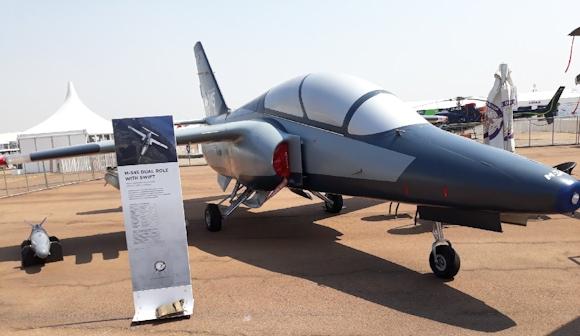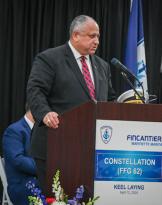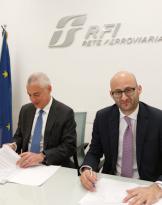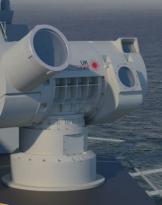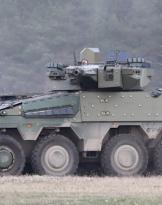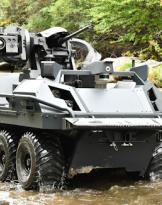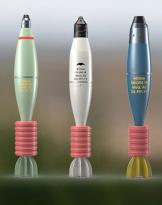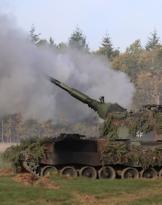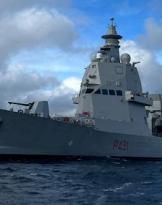Leonardo and the African Paramount group signed a letter of intent during the Africa Aerospace & Defense show in Pretoria. Under the agreement signed today, Leonardo and Paramount intend to explore a collaboration for the possible development of an operational configuration of the M-345 destined for the African continent market and to evaluate Paramount's involvement in the industrial activities relating to the SF-260 aircraft and to the related logistic support.
Lucio Valerio Cioffi, Head of Leonardo's Aircraft Division said: “we believe that the African continent represents a high potential market for the M-345. We believe that the collaboration with a high profile partner such as Paramount is strategic for the development of an operational configuration of the M-345 for the African market. The M-345 is a basic / advanced training jet with multi-role capabilities and costs comparable to those of a turboprop aircraft. These and other features make this aircraft particularly suited to the needs of the African market ”.
The new M-345 is an aircraft capable of enabling Air Forces to compress training time and expose students to a platform with better flight characteristics than the current Basic / Advanced training aircraft in service around the world. It also allows you to carry out even the most demanding missions of the training syllabus in order to obtain a high quality training at significantly lower costs.
Ralph Mills, Managing Director of Paramount Advanced Technologies, said: "We are delighted to launch and deploy our Smart Weapons Integration on Fast-Jet Trainers (SWIFT) mission system for the African debut of Leonardo's M-345 trainer. SWIFT responds to current threats and today's customer requirements. It offers reduced acquisition and management costs and is ideal for unconventional or asymmetric operating scenarios. SWIFT is designed for customers who require multi-role capability that can adapt to various missions without resorting to complex reconfigurations and extended times. This system sums up the qualities of immediate availability and light combat and surveillance skills using the best of the best in the defense industry ".
The architecture of the M-345 cockpit is representative of that of first-line fighters. Thanks to a large flight envelope, with high-speed maneuvering capabilities even at high altitudes, modern avionics, high load capacity and performance, the M-345 can also perform operational roles. The M-345 cost reduction contributes to the aircraft's long fatigue life, the two-level maintenance philosophy that eliminates costly general overhauls and the HUMS (Health Usage and Monitoring System) facility and monitoring system .
Thanks to the possibility of integrating the sophisticated on-board simulation system, the pilot will be able to carry out his training mission more efficiently thanks to a series of preventively planned maneuvers, fly in formation with other airplanes, interacting in real time via data-link with other pilots. on other airplanes in flight both on ground simulators. It is also possible to prepare the mission scenarios and subsequently to download the flight data thanks to the Mission Planning and Debriefing Station (MPDS), re-analyzing the missions carried out during the debriefing phase.
The engine is a Williams FJ44-4M-34 turbofan optimized for military and acrobatic use. The cockpit is based on HOTAS (Hands On Throttle-And-Stick) controls, glass cockpit with three MFD (Multi-function Display) color touch screens and a Head-Up Display, which in the rear seat is replaced by a fourth repeater MFD of the front HUD images.

